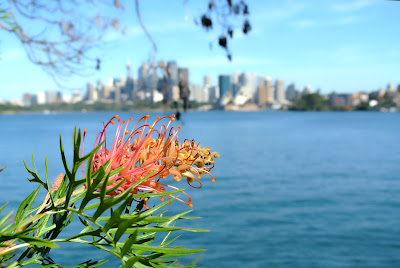Morning In The Bush. The White Browed Scrub Wren.

I'll never tire of the bush. (I hope you won't either) In my video taken this morning, there's glimpses of three of our little birds that I've labelled for you on the video. You'll also get a look at a few of the wildflowers that bloom this time of the year. This Red Gum seemed to come alight. A mini delight almost hidden near the ground The old and the new Sorry to wake you old man. (A Banksia Cone) Red Gums and Grass Trees Bell Heath Bell Heath Ham and Eggs Banksia


